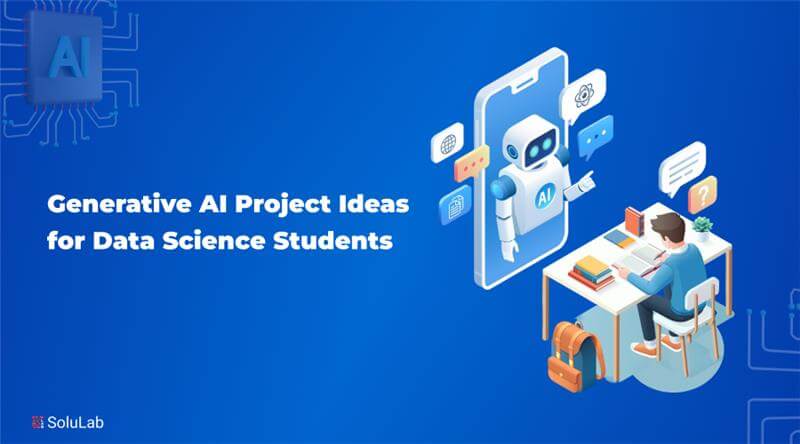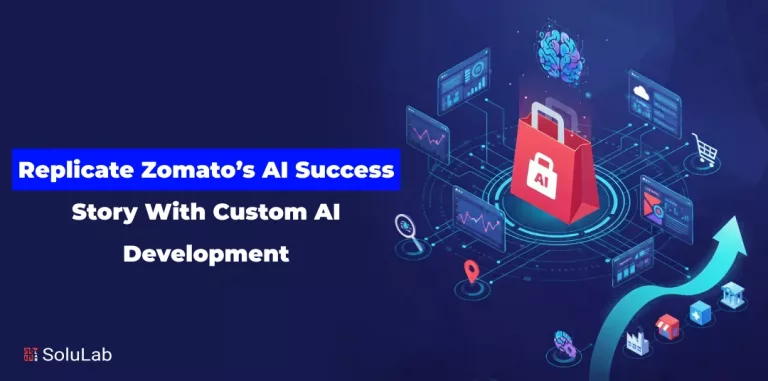
Generative AI builds new content, writes code, automates tasks, and creates training data. These tools now support design, healthcare, writing, and more. That’s why students in data science courses should start learning how to use them. AI projects give students hands-on practice. They help connect machine learning theory with useful tools. Students in data science programs can build models that learn patterns and make outputs like text, code, or images.
This article shares project ideas that use generative tools. They are designed to match the skills of students. These ideas suit different levels of technical understanding. Next, let’s look at project ideas sorted by academic complexity.
The Learning Curve in Data Science Education
Data science students often feel pressure from every side. There’s complex maths, coding, machine learning assignments, and strict deadlines. Many tools are new, and each course expects fast results. At one point, I thought I’d rather ask professionals to write my assignment for me and use that time for other tasks. That feeling came from stress, not a lack of interest. In both undergrad and data science school, expectations grow fast. There’s theory to learn and code to write. Projects need reports, models, and analysis, all in one. It’s a lot to manage.
But stress can be managed with the right plan. Clear tasks, simple tools, and smart goals help. The next part shares project ideas that fit different learning levels.
Why Choose Generative AI for Student Projects?
These models learn patterns and create fresh outputs like text, code, music, or images. Students use them to mix creative work with technical skills. This makes them perfect for project-based learning.
Gen AI projects help students apply theory in new ways. They also match what’s taught in many data science courses. The use of such tools is growing in many areas. Real-World Uses of Generative AI:
| Area | Example Use |
| Healthcare | Simulating patient data |
| Marketing | Writing product descriptions |
| Content | Creating blogs or visuals |
Students should test new ideas. Build tools for daily life, study, or social use. Try fresh concepts that go beyond basic tasks. This helps build both coding and creative skills.
Project Idea 1: Text-to-Story Generator Using NLP
This project uses NLP to build a text-to-story generator. The goal is to train a model that writes short stories from user prompts. Students can start with a pretrained model GPT-2 or GPT-Neo. Then, fine-tune it on data from BookCorpus or Project Gutenberg.
Use the Hugging Face Transformers library for training and testing. Add tokenisation with the tokenizers package. For evaluation, check coherence, grammar, and originality using BLEU scores or human review.
This task tests core NLP skills. Students learn prompt engineering, model fine-tuning, and text generation. It also teaches data cleaning and performance tracking.
This is one of the most flexible generative AI project ideas. It mixes creativity with real model training. It works well for students who enjoy language and want to learn more about deep learning in NLP.
Project Idea 2: AI-Generated Art from Data Labels
This project links image generation with data labels. Students use DALL·E or Stable Diffusion to make visual outputs based on structured input. For example, turn emotion-labeled text into expressive images. Or use metadata like mood, setting, or object type to control output.
Start with PyTorch or TensorFlow. Try conditional GANs or diffusion models to link labels with image features. Pretrained weights help speed up training. Use small datasets to test before scaling up.
This task builds skills in both image generation and data handling. It also fits into areas like digital art, marketing, or product design. Students learn how to shape visuals using structured data.
These projects support creative thinking and technical skill. They show how text, labels, and code can work together. It’s a strong choice for students who want to explore visual AI tools.
Project Idea 3: Synthetic Dataset Creation for Predictive Modeling
It’s helpful when real data is hard to get or private. Students can apply this in healthcare, finance, or education. These fields often face limits on data sharing.
Use CTGAN or SDV to build tabular data. These models learn from patterns in real datasets and make new samples that follow the same rules. You can train a classifier on this synthetic data and test how well it performs on real data.
This helps students learn privacy-aware machine learning. They also improve skills in data preprocessing, model training, and evaluation.
Among the most useful generative AI projects, this one shows how to work with sensitive data. It connects technical skills with real-world limits, and supports responsible AI practice.
Project Idea 4: AI-Based Educational Content Generator
This project can help teachers prepare content faster. Students can use it to review lessons. Use models like T5 or the OpenAI API for text generation. Add question generation libraries for extra support.
The idea fits well with education tools or tutoring apps. It also supports data science for high school students. With clear design, the tool can turn science or maths texts into short tests or notes.
This can contribute to data science programs for high school students. It helps make technical content more readable and test-ready. Add filters for age level, subject, and quiz type.
Conclusion
We recommend starting with simple models and building from there. Pick a clear goal, use small datasets, and test results often. Choose projects that match personal interest and course focus. Generative ai project ideas should support learning, not replace it. Use them to build useful tools, test skills, and gain feedback. Focus on structure, clarity, and function.
Apply what you learn to real needs—study help, automation, or content. Keep track of results, document progress, and ask for reviews. Small steps lead to strong outcomes.




